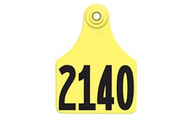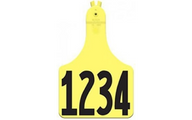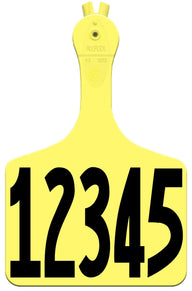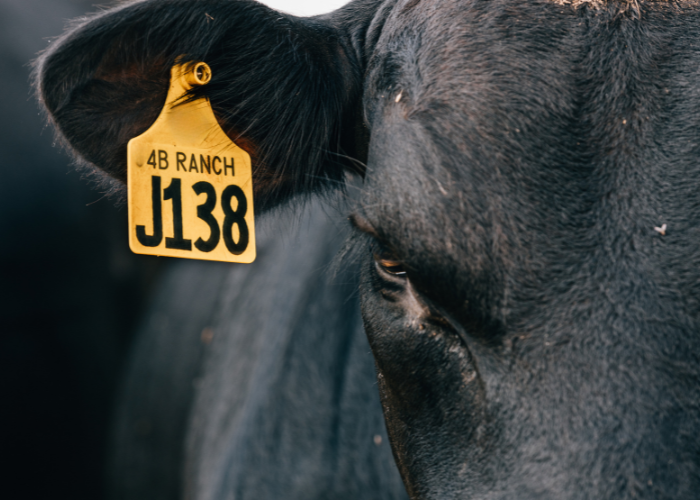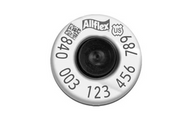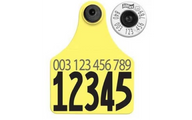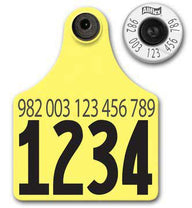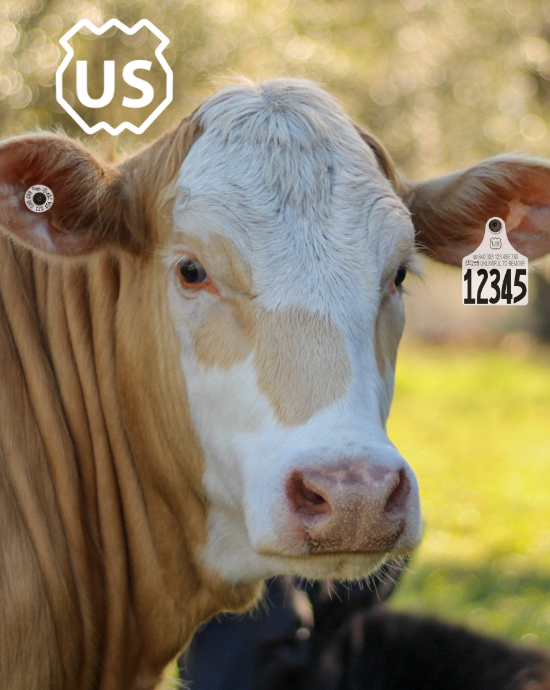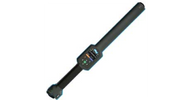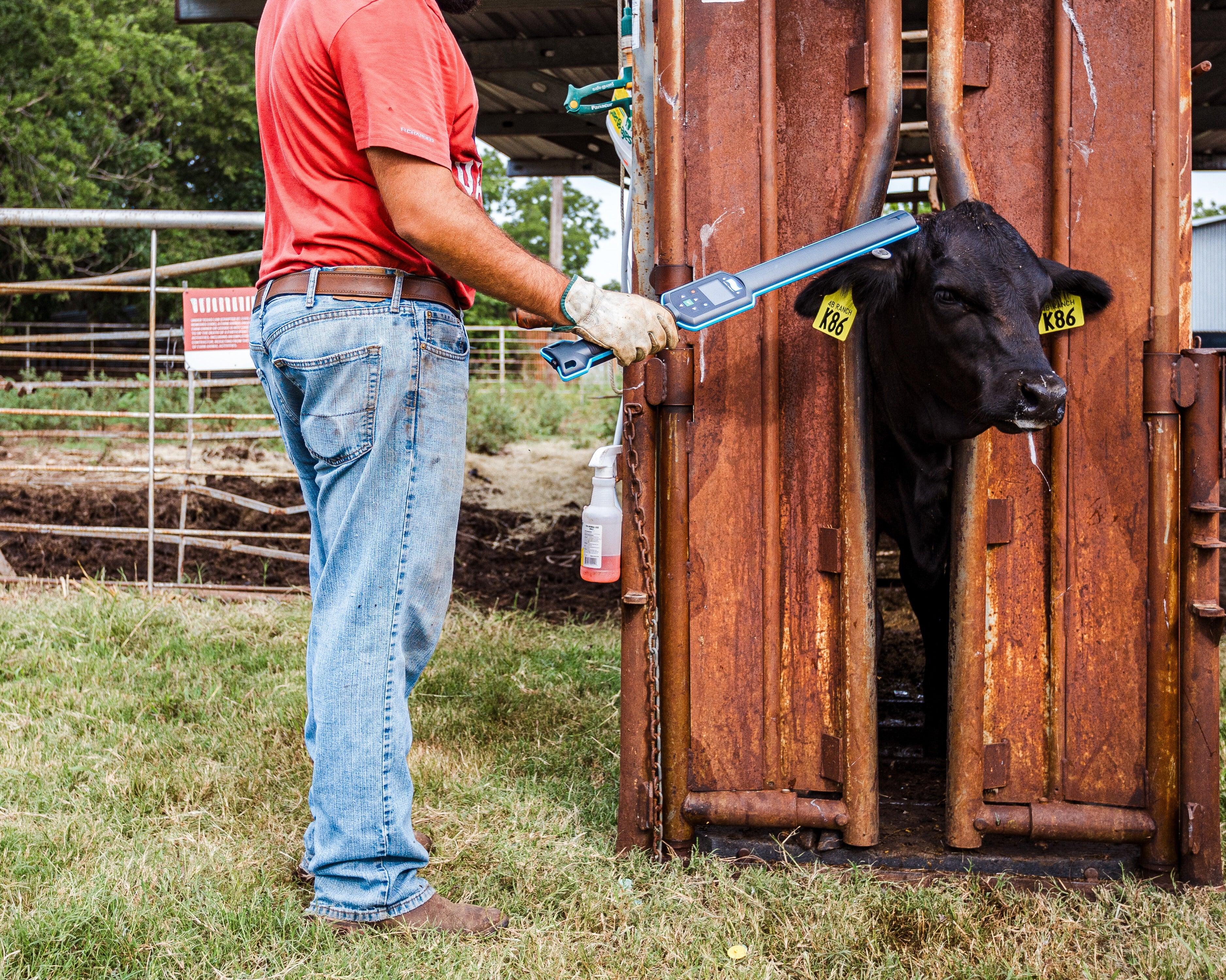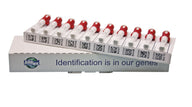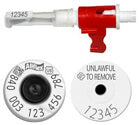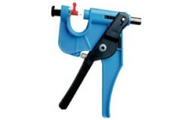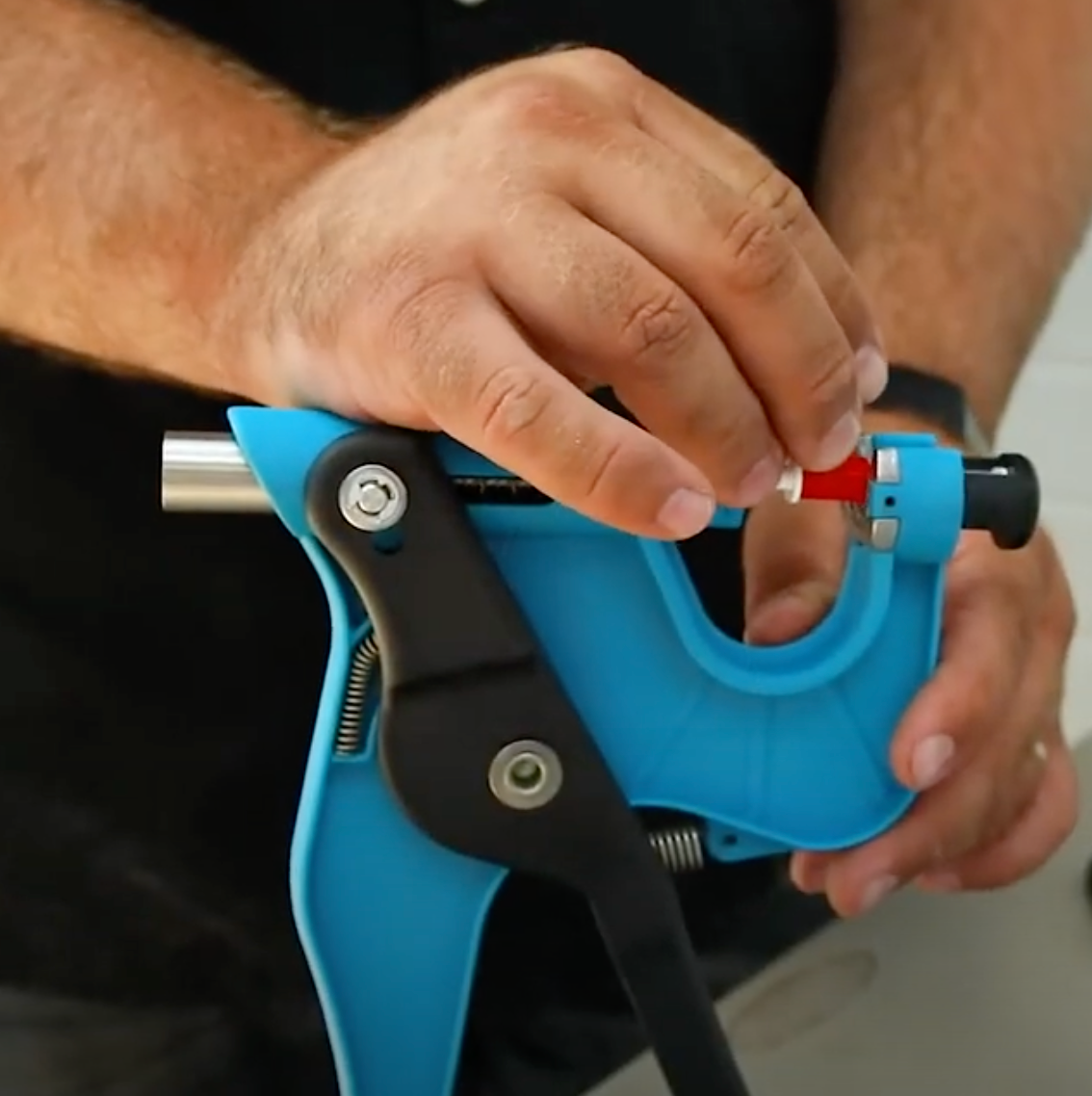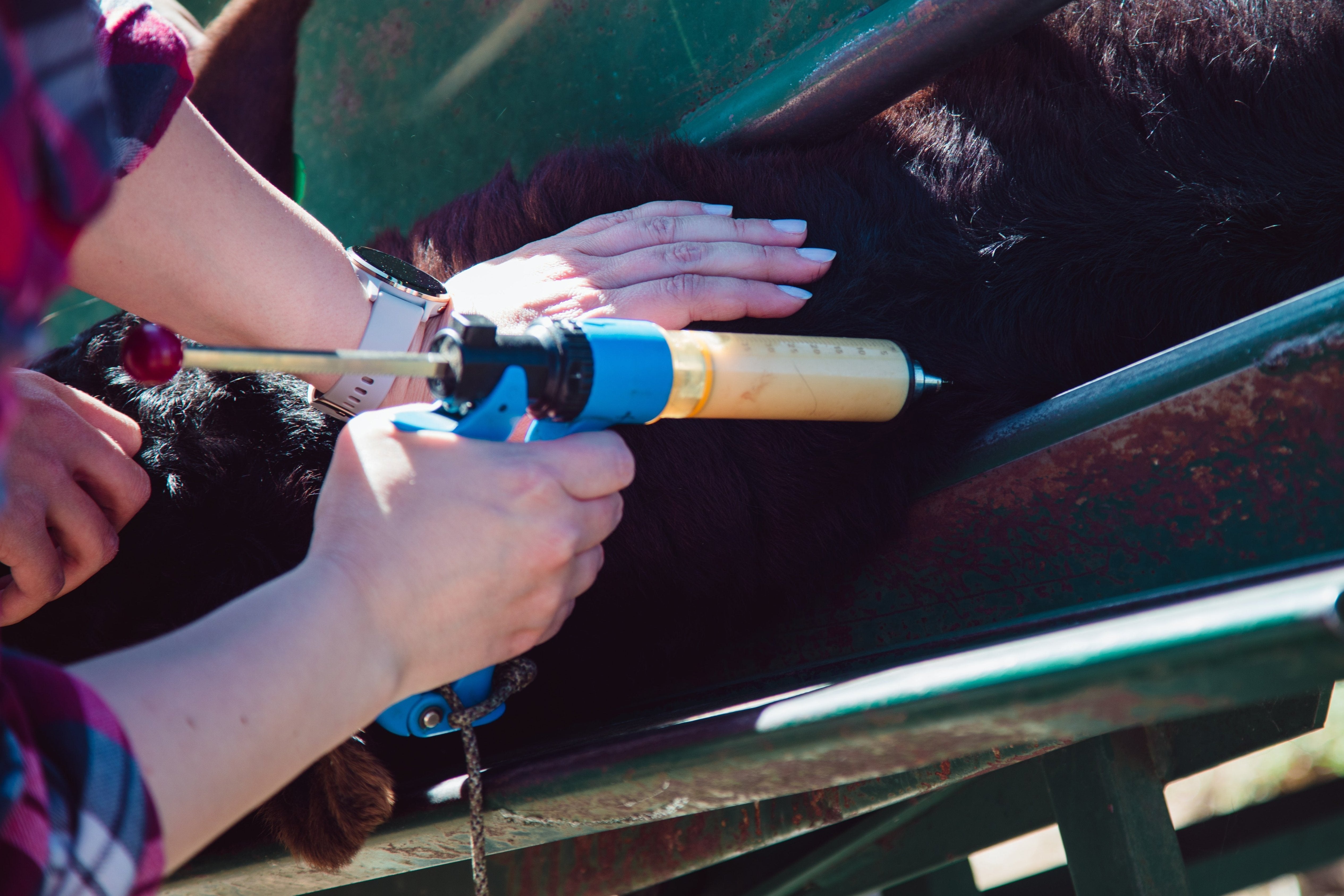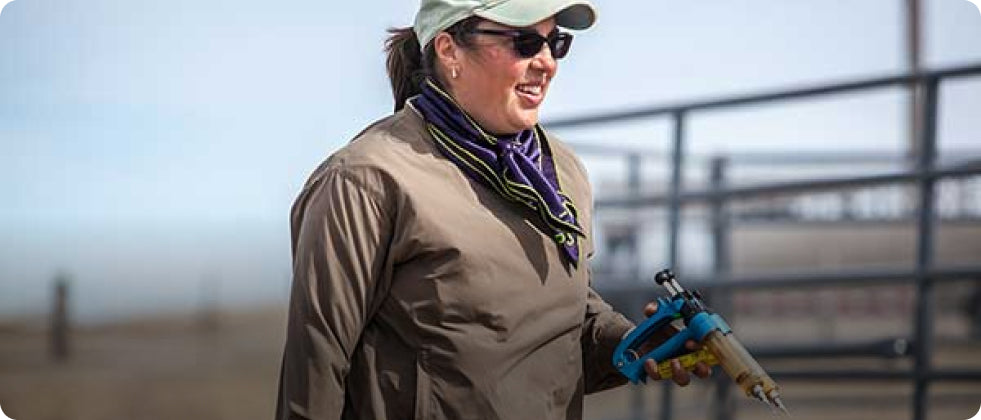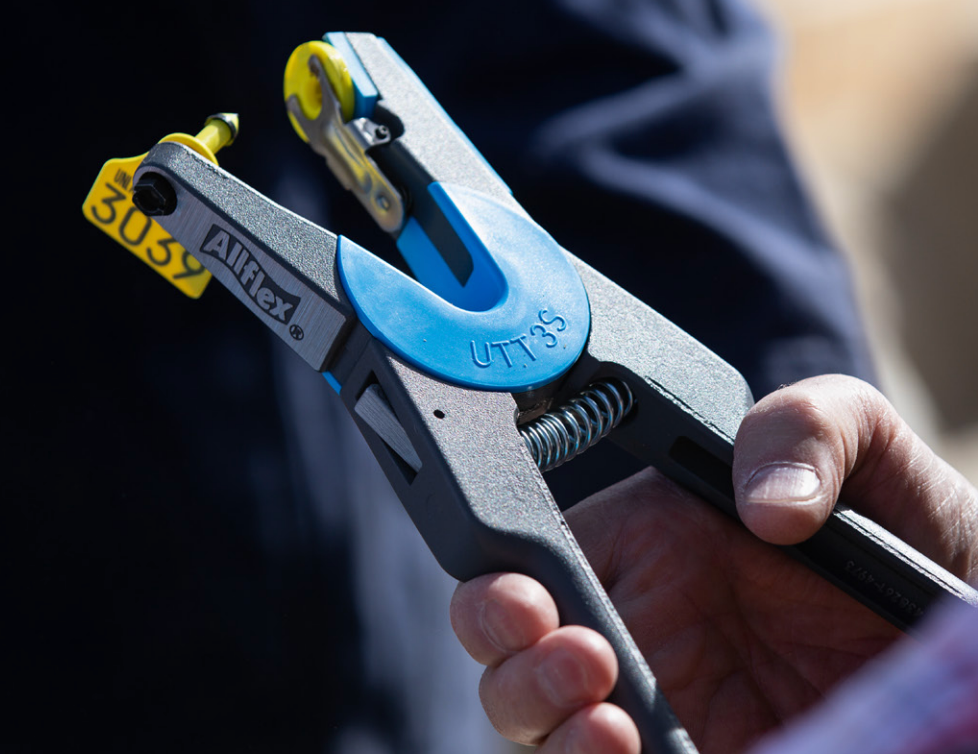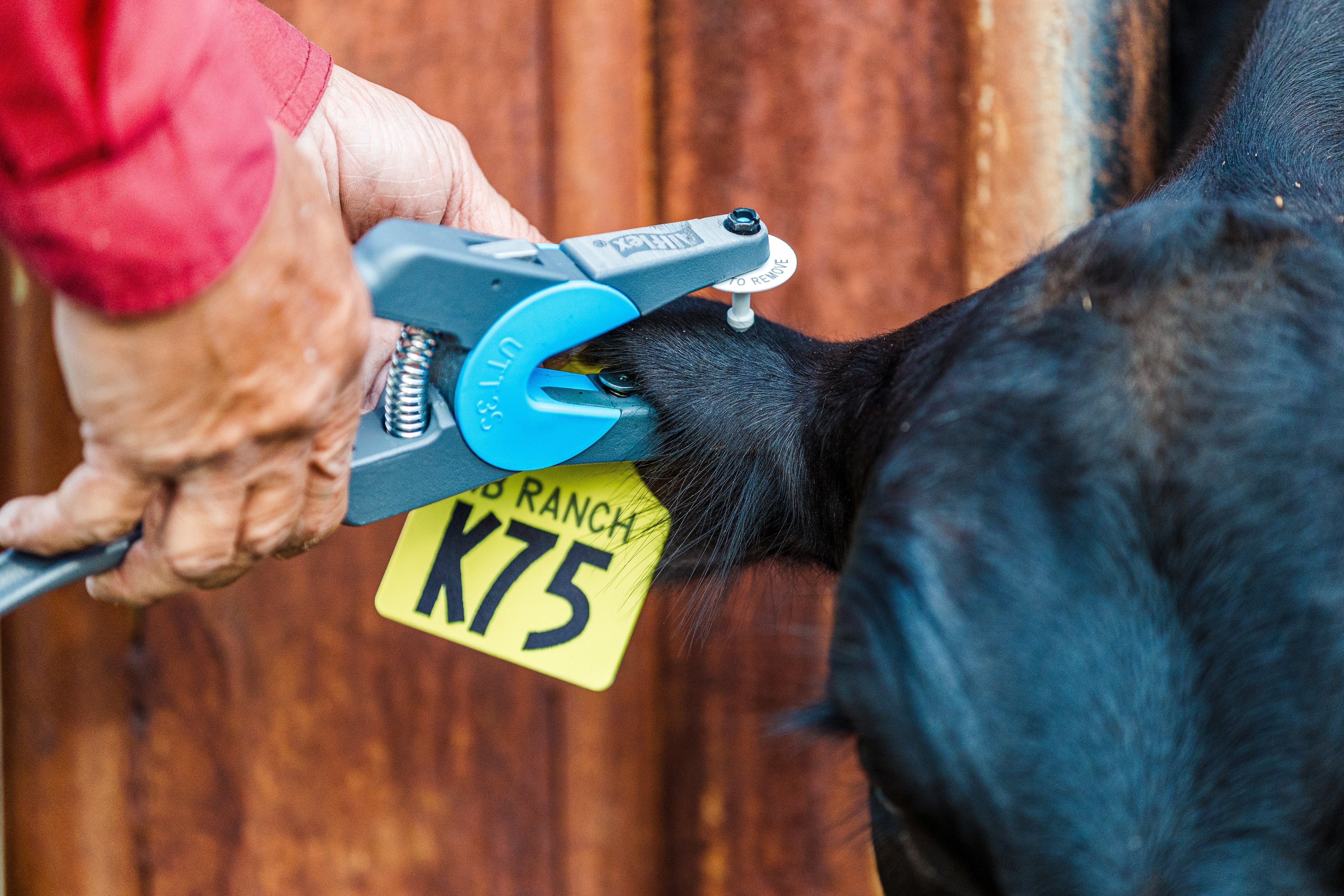This article was created by the CattleTags.com team and is provided to help our fellow farmers and ranchers. We would appreciate the opportunity to help with your cattle identification needs!
Recommendations for a cattle numbering system
Finding or creating a beef cattle numbering system is an essential part of herd management and organization. Here are a few tips to an effective numbering system:
- Cattle identification numbering sequences should not be duplicated for at least 10 years.
- You should keep your digits limited to no more than 5 characters for easy identification, 4 digits are the standard.
- Numbering systems can be used along with color-coding, as long as your herd management records can reflect the data.
Examples of beef cattle numbering systems:
- Using the dam's number as part of the calf number (with year designation)
- Dam 100L Calf 100N (N would designate the year 2025)
- Dam 100L Calf 25100 (25 would designate 2025)
- Dam 100L Calf 5100 (5 would designate 2025)
- These codes can be done in reverse as well N100, 10025 or 1005
- If a heifer is kept as a replacement heifer, she would receive the next new number available (say 205) and thus be retagged to 205N. This ensures we don't end up with two calves with the same tag number.
- Using a consecutive numbering system (with the year designation)
- First calf born = 1
- 2501
- 1N or N1
- Some producers like to use one of the systems above, along with color-coding. ie: pink heifers and blue bulls.
- Some registered producers may also use the animal's tattoo number.
- Another option is to (with a tag marking pen) above the number, place the dam's tag information.

If you have an existing herd that will not be retagged, you can begin adopting any system going forward with future purchases and replacement heifers. If you have cows that you are uncertain of age, you can either leave the letter part off or use the oldest possible letter.
International Letter Codes *
International letters are designated for each year of birth. This option is easy to use in conjunction with numbers. For example, Z001 and Z002 might be used to indicate the first and second calf born in the year 2012.
2013 = A 2027 = R
2014 = B 2028 = S
2015 = C 2029 = T
2016 = D 2030 = U
2017 = E 2031 = W
2018 = F 2032 = X
2019 = G 2033 = Y
2020 = H 2034 = Z
2021 = J 2035 = A
2022 = K 2036 = B
2023 = L 2037 = C
2024 = M 2038 = D
2025 = N 2039 = E
2026 = P 2040 = F
The Letters I, O, Q and V are not used.
* Source: Beef Improvement Federation
0 Items in your cart
Sales tax is collected for residents of Texas, Idaho, Illinois, Michigan, Missouri, New Mexico, South Dakota, Wyoming, and Florida. Become Tax Exempt
If you create a CattleTags.com account and provide an exemption form, all future orders will automatically be tax-exempt.

